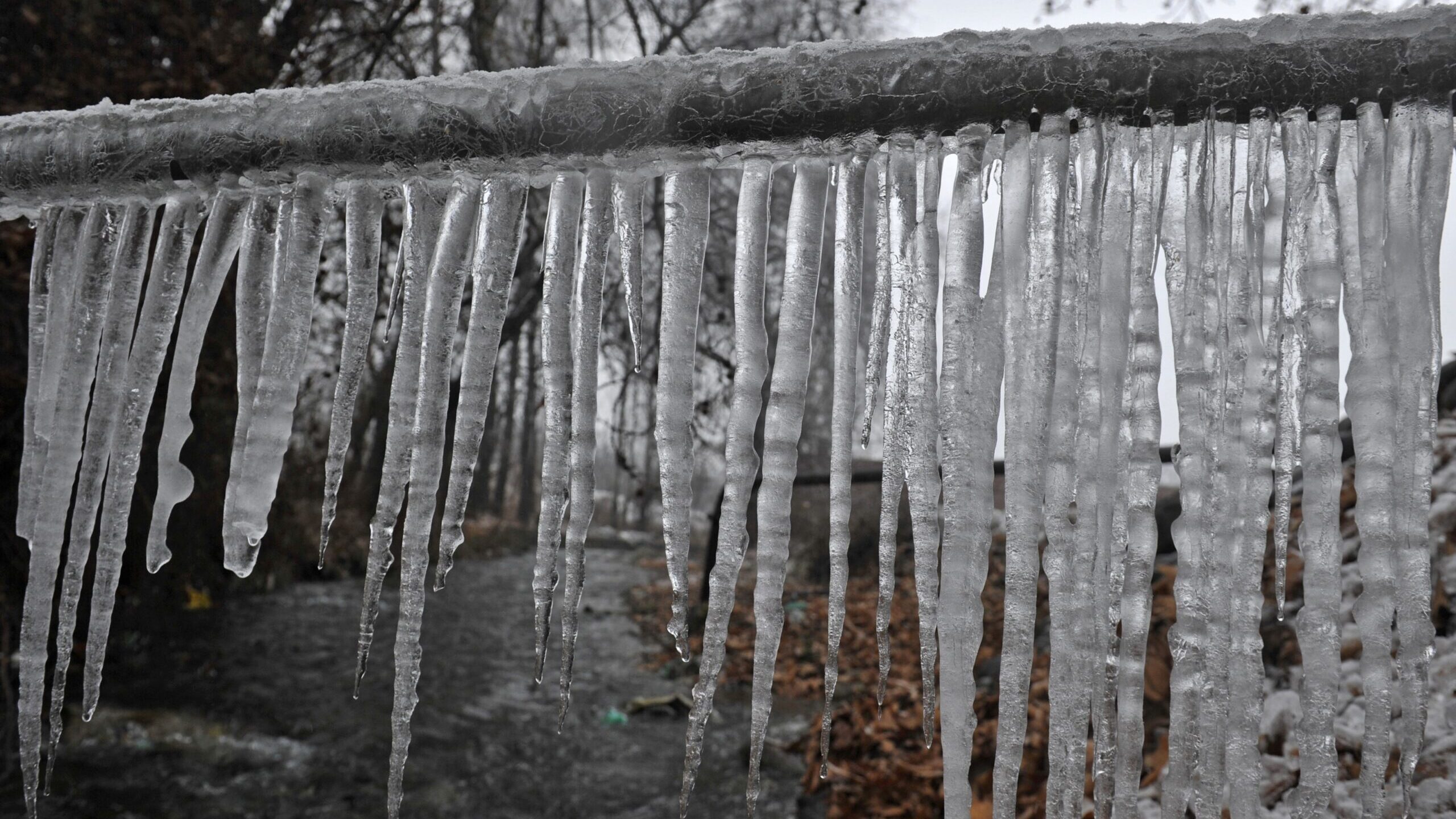Tips to Avoid Frozen Pipes in Cold Weather: Professional Guidance
Tips to Avoid Frozen Pipes in Cold Weather: Professional Guidance
Blog Article
This article down the page pertaining to Winter Plumbing Precautions: Preventing Frozen Pipes is pretty much motivating. Don't skip it.

Winter can ruin your pipes, specifically by freezing pipelines. Right here's exactly how to prevent it from happening and what to do if it does.
Intro
As temperature levels decrease, the risk of frozen pipelines boosts, potentially bring about expensive repair work and water damages. Comprehending how to avoid icy pipes is vital for house owners in chilly climates.
Understanding Frozen Pipelines
What causes pipelines to freeze?
Pipes freeze when exposed to temperatures listed below 32 ° F (0 ° C) for expanded periods. As water inside the pipelines freezes, it expands, taxing the pipe wall surfaces and potentially creating them to burst.
Threats and damages
Frozen pipelines can result in water disruptions, property damage, and costly repairs. Burst pipelines can flood homes and cause substantial architectural damages.
Indicators of Frozen Pipes
Determining frozen pipes early can stop them from breaking.
Exactly how to identify frozen pipelines
Seek reduced water flow from taps, uncommon odors or sounds from pipes, and visible frost on revealed pipes.
Avoidance Tips
Protecting susceptible pipelines
Cover pipes in insulation sleeves or utilize heat tape to shield them from freezing temperatures. Concentrate on pipes in unheated or external areas of the home.
Home heating techniques
Keep indoor areas appropriately warmed, specifically locations with pipes. Open up cabinet doors to allow cozy air to distribute around pipelines under sinks.
Safeguarding Exterior Pipes
Garden hoses and outdoor taps
Detach and drain yard tubes before winter. Mount frost-proof spigots or cover outside taps with protected caps.
What to Do If Your Pipes Freeze
Immediate activities to take
If you believe frozen pipelines, keep faucets available to eliminate pressure as the ice melts. Use a hairdryer or towels taken in warm water to thaw pipes slowly.
Long-Term Solutions
Architectural changes
Take into consideration rerouting pipelines away from exterior wall surfaces or unheated locations. Add added insulation to attic rooms, basements, and crawl spaces.
Updating insulation
Purchase premium insulation for pipes, attic rooms, and walls. Correct insulation assists maintain constant temperatures and lowers the risk of icy pipes.
Final thought
Avoiding icy pipes needs aggressive steps and quick reactions. By understanding the reasons, indicators, and preventive measures, property owners can protect their pipes during winter.
6 Proven Ways to Prevent Frozen Pipes and Protect Your Home
Disconnect and Drain Garden Hoses
Before winter arrives, start by disconnecting your garden hoses and draining any remaining water. Close the shut-off valves that supply outdoor hose bibs and leave the outdoor faucet open to allow any residual water to drain. For extra protection, consider using faucet covers throughout the colder months. It’s also important to drain water from any sprinkler supply lines following the manufacturer’s directions.
Insulate Exposed Pipes
Insulating your pipes is an effective way to prevent freezing. Pipe insulation is readily available at home improvement stores and is relatively inexpensive. Pay close attention to pipes in unheated areas such as the attic, basement, crawl spaces, or garage. Apply foam insulation generously to create a buffer against the cold. You can also wrap your pipes in heat tape or thermostat-controlled heat cables for added warmth.
Seal Air Leaks
Inspect your home for any cracks or openings that could let in cold air. Seal any holes around the piping in interior or exterior walls, as well as the sill plates where your home rests on its foundation. Additionally, make sure to keep your garage door closed unless you’re entering or exiting. Leaving it open creates a significant air leak that can lead to frozen pipes.
Allow Warm Air Circulation
During cold snaps, it’s essential to allow warm air to circulate evenly throughout your home. Leave interior doors ajar to promote better airflow. Open kitchen and bathroom cabinets to help distribute heat consistently around the rooms. If you have small children or pets, be sure to remove any household chemicals or potentially harmful cleaners from open cabinets for safety.
Let Faucets Drip
A small trickle of water can make a big difference in preventing ice formation inside your pipes. When temperatures drop significantly, start a drip of water from all faucets served by exposed pipes. This continuous flow helps prevent the water from freezing. Additionally, running a few faucets slightly can relieve pressure inside the pipes, reducing the chances of a rupture if the water inside does freeze.
https://choateshvac.com/6-proven-ways-to-prevent-frozen-pipes-and-protect-your-home/

I hope you liked our piece on 6 Ways to Prevent Frozen Pipes. Thank you so much for spending some time to browse our blog. Are you aware of another person who is fascinated about the topic? Why not promote it. I take joy in your readership.
Book Service Report this page